‘Russian Doll’: 4 Interesting Theories About Netflix’s Overnight Hit
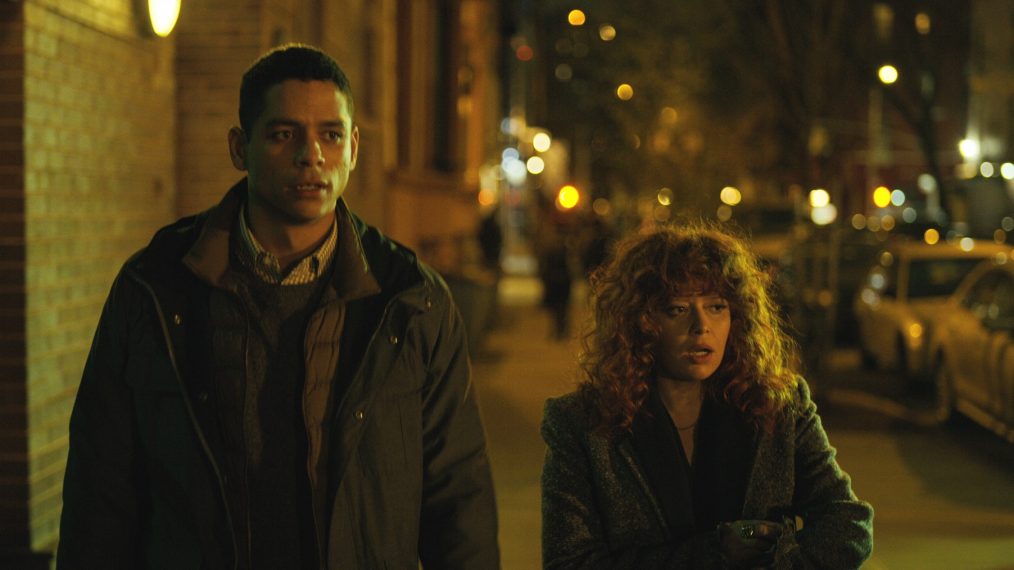
Spoiler Alert
[Warning: The below contains MAJOR spoilers for Season 1 of Netflix’s Russian Doll.]
Netflix’s new comedy series Russian Doll has hooked viewers with its peculiar plot spanning just eight half-hour episodes.
Creator and star Natasha Lyonne (Orange Is the New Black) captivates as Nadia, a woman forced to relive her 36th birthday over and over again (as hinted at with Tommy James’ “Crimson and Clover” in the trailer). That quirk is introduced when Lyonne’s character is hit by a car while crossing the street to grab her stray cat Oatmeal. From there, she wakes up in the bathroom where we first met her, and her party starts again.
Nadia dies repeatedly, falling victim to a variety of hazards — falling down stairs, gas leaks, explosions — and every time she is revived from her eternal slumber, she finds herself back in the bathroom. Of course, as with any reality-bending series, there are plenty of theories circulating the internet about what this means for Nadia and Alan (Charlie Barnett), who is ailing from the same predicament.
Below we offer some possible theories and/or answers to the show’s biggest questions.
Nadia and Alan Are in Purgatory
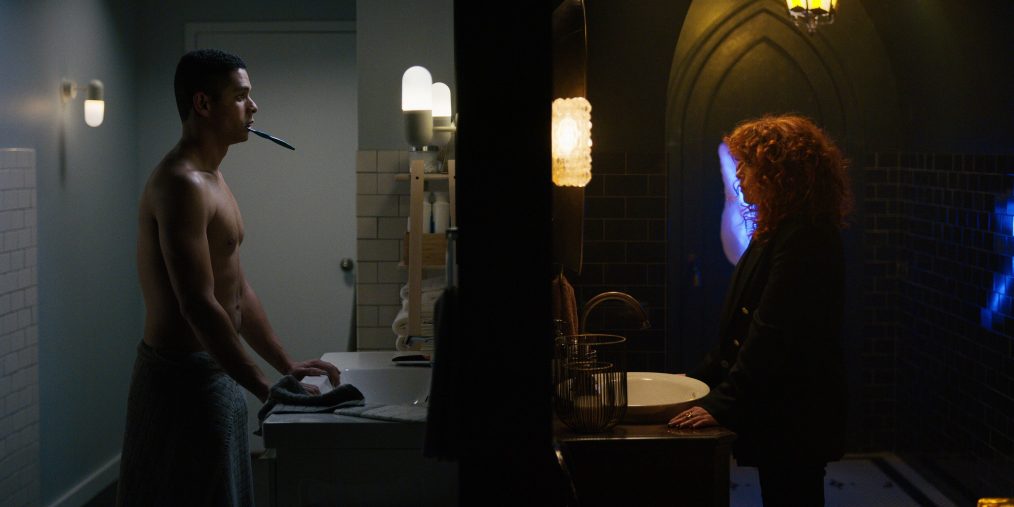
Both characters find themselves in a precarious position when they keep dying and coming back to life. While they both search for answers, the parallels they experience — from haunting memories right down to their bathroom starting points — are enough to question reality. Sure, things appear real, but the show is vague enough in its explanations that perhaps this is a version of purgatory in which they must relive their final night in order to make amends and move forward.
The show is, after all, an exercise in learning to care for and help out your fellow citizens. As a video game developer and designer, Nadia’s topsy-turvy life after her first death resembles that of her unbeatable video game, which is something Alan brings to her attention. Perhaps purgatory is a game, and they finally finish the final round in the last episode? Hard to tell, but it’s a solid theory.
It’s All a Metaphor for the Tompkins Square Park Riots
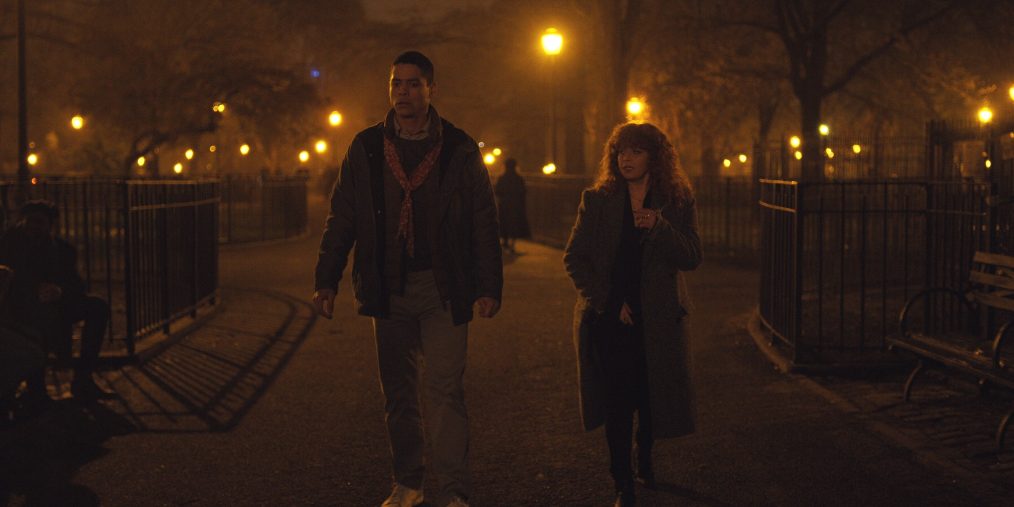
Tompkins Square Park, considered the heart of New York City’s East Village, is in many ways considered a character all its own in the series. Throughout the season, Nadia walks through the space and is occasionally joined by Alan. It’s there she encounters random strangers, a homeless man, and even her cat Oatmeal. So how does work as a metaphor? New York Times comedy columnist Jason Zinoman suggested on Twitter that the show’s characters represent different aspects of the historical Tompkins Square Park Riots of the late ’80s.
Considered the death of Bohemia, the riots arose when law enforcement made an attempt to clear the park of homeless people. The park had become synonymous with drug use, crime and other degenerative behavior. Zinoman suggests that the show is a commentary on the gentrification that took place following the riots, and how the echo of Bohemia remains in spite of the traumatic events which worked to end it. For a more in depth understanding, you’ll have to view Zinoman’s full Twitter thread, but know that creators Lyonne and Leslye Headland essentially confirmed his theory.
There Are Multiple Dimensions
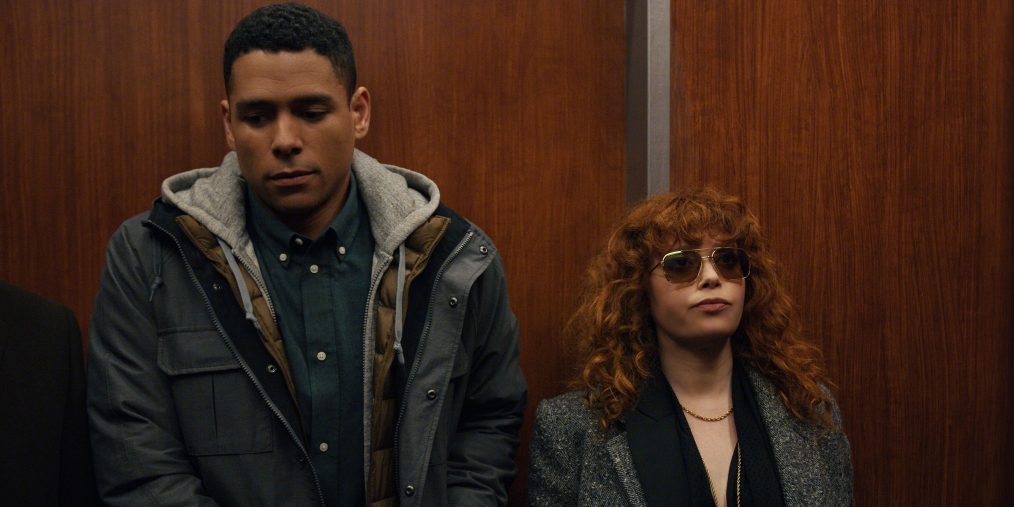
Once Nadia and Alan connect and work together to figure out what’s happening to them, they keep failing at breaking their never-ending cycle of death. Finally, they agree that perhaps their way out is to confront what they’ve been avoiding — for Alan its his cheating girlfriend and for Nadia it’s the loss of her mother and her boyfriend’s daughter. When they do address these issues, they reset once more, and things have returned to normal — or so it appears.
When they finally meet up it’s clear they’re not in the same timeline — Nadia encounters the depressed version of Alan prior to his first death, while Alan runs into Nadia before her first death. Quickly realizing the predicament, they help each other survive in these separate timelines, calling back to the show’s idea of helping one another out.
Nadia Is “Crazy”
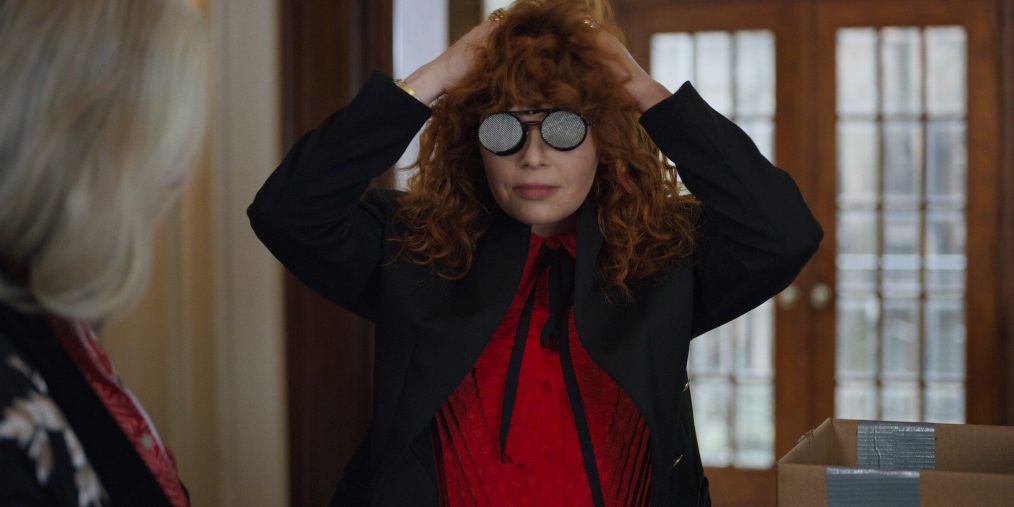
We learn early on that Nadia thinks she’s falling into mental illness similar to her mother, who never survived to her daughter’s current age. Later on in the season, we meet Nadia’s mother via flashbacks and it’s obvious that she’s suffering from emotional issues, buying only watermelons for food and shattering mirrors in rage.
Her mother’s instability lead to Nadia requesting to live elsewhere, and soon after she moved out, her mother died. Since then, she’s carried guilt for leaving her mother, knowing she was unwell. Could her mother’s mental illness be hereditary or is it something else altogether? It’s a perfectly rational theory to an irrational situation.
However you look at it, Russian Doll is filled with possibilities. Share your own theories in the comments below!
Russian Doll, Streaming Now, Netflix













